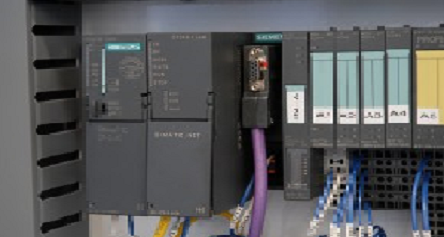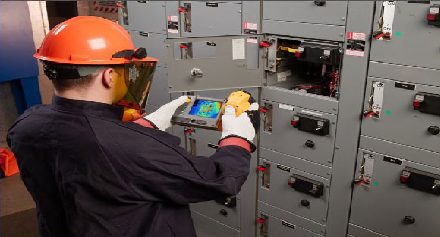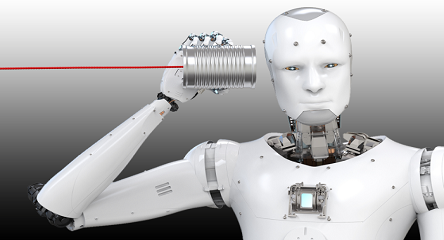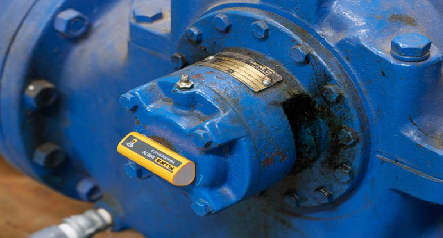Why IO-Link?
As industrial automation systems become more complex and demanding, IO-Link technology has provided one of the simplest and most cost-saving methods to improving the efficiency of sensors. The universal, open-source communication protocol, developed by a consortium of over 150 device manufacturers, system integrators, distributors and end-users, is the first such protocol between sensors and actuators to have been adopted as an international standard. If you’re new to the technology, a typical setup looks like this: a sensor or device with IO-link interface is connected via cable to an IO-Link master, which is typically powered by a standard DC power supply. Unique IODD (IO device description) files providing each sensor’s parameters are downloadable to your control system, allowing for easy recognition by the IO master. The master enables bi-directional, point-to-point communication from the sensor to a traditional higher level communication system (such as a fieldbus, backplane to PLC, or Ethernet) to allow for remote sensor configuration, equipment monitoring, sensor status, and diagnostics.
Beyond simply converting analog to secure, digital signals, many IO-Link sensors take multiple readings to provide averages at intervals determined by the user, and are “smart” enough to do a significant amount of processing at the edge of data, offering useful diagnostic information from broader datasets. Instead of just measuring distance, photoelectric sensors are able to tell the system when a lens is dirty and could cause faulty signals. Vibration sensors can process a full spectrum of data to trend for condition monitoring, and even alert the user when peak values are exceeded. These early detection and diagnostic capabilities reduce the overall cost of fault detection, while remote processing limits both downtime and labor associated with traditional scheduled maintenance runs.
IO-link devices have standardized connector and cable configurations, and are compatible with any certified IO-Link master. Since data can be transmitted from the master via virtually any protocol already in use for industrial automation and control systems, network cabling requirements are minimal. The simplification and versatility this affords has been well-received in recent years, with annual figures of IO-Link devices installed amounting to 6.3 million nodes, and total numbers exceeding 27 million. And, considering that at the time of this writing, there are more than 6,000 IO-Link products available from over 300 different manufacturers worldwide, you can almost certainly find high quality sensors with IO-Link capabilities for your application today.
Sensor selection
There are two main approaches to consider when implementing IO-Link technology: replacing current sensors or retrofitting the sensors you already own. Almost any sensor can interface with an IO-Link
master indirectly through the use of a separate gateway or converter device to enable secure digital output, remote parameterization and real-time diagnostics.
Conversion devices to IO-Link from traditional analog signals can offer some cost savings over installing new sensors, but the need for additional hardware and wiring can complicate troubleshooting and installation. The installation process with a separate gateway is likely to involve manual input of sensor specifications like operating temperature, signal output, and unit of measurement, whereas the IIOD file supplied with a native IO-Link device would allow for plug-and-play configuration.
And, while an IO-Link master will enable all of your sensors to communicate in the same language, some data capture capabilities and device information will be lost by using a convertor for your analog sensor. With careful research, converters can be a good option if you value the freedom they afford in sensor selection and the ability to connect without replacing sensors on existing equipment.
Whether you choose to replace or retrofit your traditional sensors, ultimately, IO-Link’s ability to simplify automation system integration, increase system performance, and offer unmatched flexibility makes it a clear choice for industrial monitoring and control applications.






